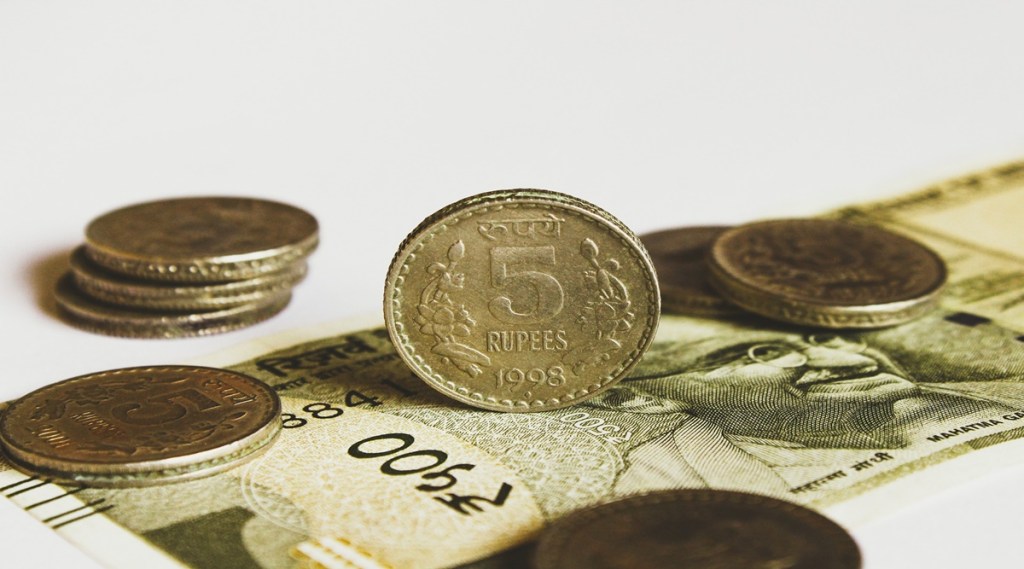By Sujan Hajra
The 50-bps rate hike by the RBI on June 8, 2022 was higher than our expectations of 40 bps. The step is consistent with sharply upwardly revised inflation and unchanged growth projections by the RBI for 2022-23. Also, continued high retail inflation, aggressive rate hike plans of the US Federal Reserve, strengthening of U.S. dollar and portfolio capital outflow are factors which influenced the decision of the RBI. The RBI is front loading the monetary policy tightening to normalise the rate quickly. Going forward, the central bank is likely to scale down rate hikes to installments of 25 bps each.
The current spike in inflation is a global phenomenon. The average inflation for G-20 countries has accelerated from 1% in November 2020 to 8% currently. While almost all countries are facing inflationary pressures, relative to their respective past, the jumps in inflation rates have been more marked for the developed world. Most countries in North America and Europe are currently facing inflation rates at respective two-to-four-decade highs. In contrast, while emerging market countries are also facing high inflation, the rates are not even a decade high for most. The current retail inflation in India is at an eight-year high.
The major part of the global spike in inflation seems to be supply sided. The global supply chain disruption due to the pandemic, the war between Russia and Ukraine and zero-Covid policy in China are major contributors. There are some demand sided factors too pulling up inflation. Pent up demand initially for goods and subsequently for services post the withdrawal of lockdown measures led to a jump in prices. Similarly, increased demand for certain types of products such as microchips and metals due to changes in consumer preferences also played a role. However, the demand side impact on inflation is more pronounced in the advanced versus the emerging market countries as much bigger fiscal stimulus provided by the former increased household income and thereby consumer demand.
This creates a predicament for the emerging market central banks like the RBI where inflationary pressures are mainly supply-sided. Faced with high inflation, these countries are aggressively increasing the policy rates and draining liquidity infused during the pandemic. Yet, these measures cannot resolve the supply-side problems. The success of these measures in controlling inflation would depend to a large extent on reigning the short-term demand. This, in turn, means negative impact on growth, at least in the short-term.
India’s growth slowed well before the pandemic. After the pandemic-led contraction in 2020-21, real GDP has bounced back in 2021-22 but barely surpassed the pre-pandemic peaks. An aggressive monetary tightening can impact the fragile recovery. This possibility would make the RBI cautious in rate hike and liquidity withdrawal. While we expect the RBI to maintain the tightening bias, once the pre-pandemic repo rate (5.15%, i.e., another 25- bps hike) is reached, we expect the RBI to stagger policy rate tightening. Moreover, our estimates of GDP growth for 2022-23 and retail inflation in the second half of 2022-23 are lower than RBI estimates. Accordingly, barring some unpleasant surprise, we expect the future monetary tightening to be more gradual than the current consensus expectations.
During the ongoing rate hike cycle, at the peak, we expect the RBI to take the repo rate to the 6-6.5% range over the next 18-month. We feel that the expected rate hike by the RBI is largely factored in by financial markets. Yet, the higher-than-expected rate hike and the apprehension of the continuation of such large rate hikes by the RBI can have some near-term negative impact on the equity and bond market.
(Sujan Hajra is the Chief Economist and Executive Director at Anand Rathi Shares & Stock Brokers. The views expressed in the article are of the author and do not reflect the official position or policy of FinancialExpress.com.)

